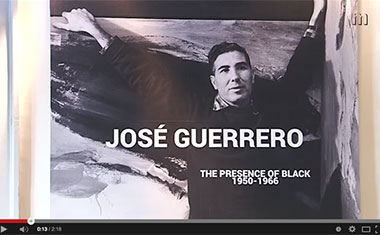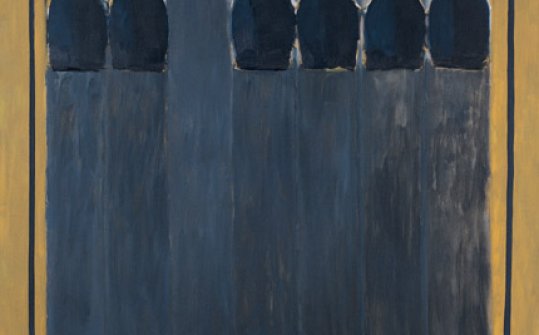José Guerrero(Granada, 27 October 1914–Barcelona, 23 December 1991) was a Spanish-born, US-naturalised painter and engraver who was part of the Abstract Expressionist movement.
In 1953 he began to produce abstract painting in the US as a member of the School of New York, in whose exhibitions he took part. The influence of painters such as Franz Kline, Mark Rothko, Clyfford Still and Barnett Newman is visible in his work from this period. He is notable above all for his use of colour masses.
The works featured in this exhibition include a selection of engravings made at the Atelier of William Hayter in New York in the early 1950s and his ‘portable frescoes’ that reveal a painter who is ‘very interested’ in the possibilities of integrating painting into architecture.





